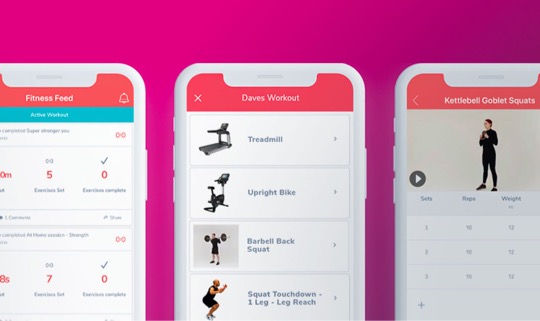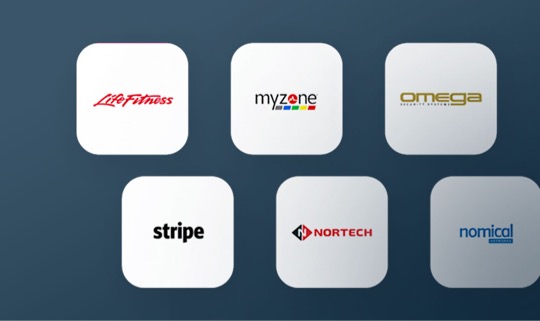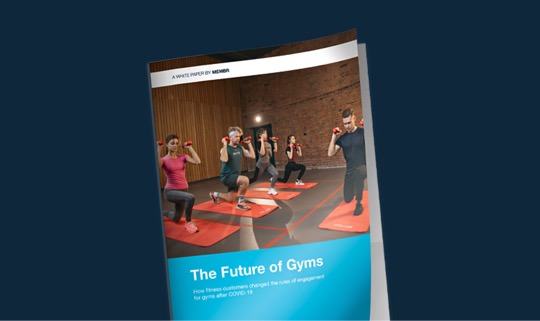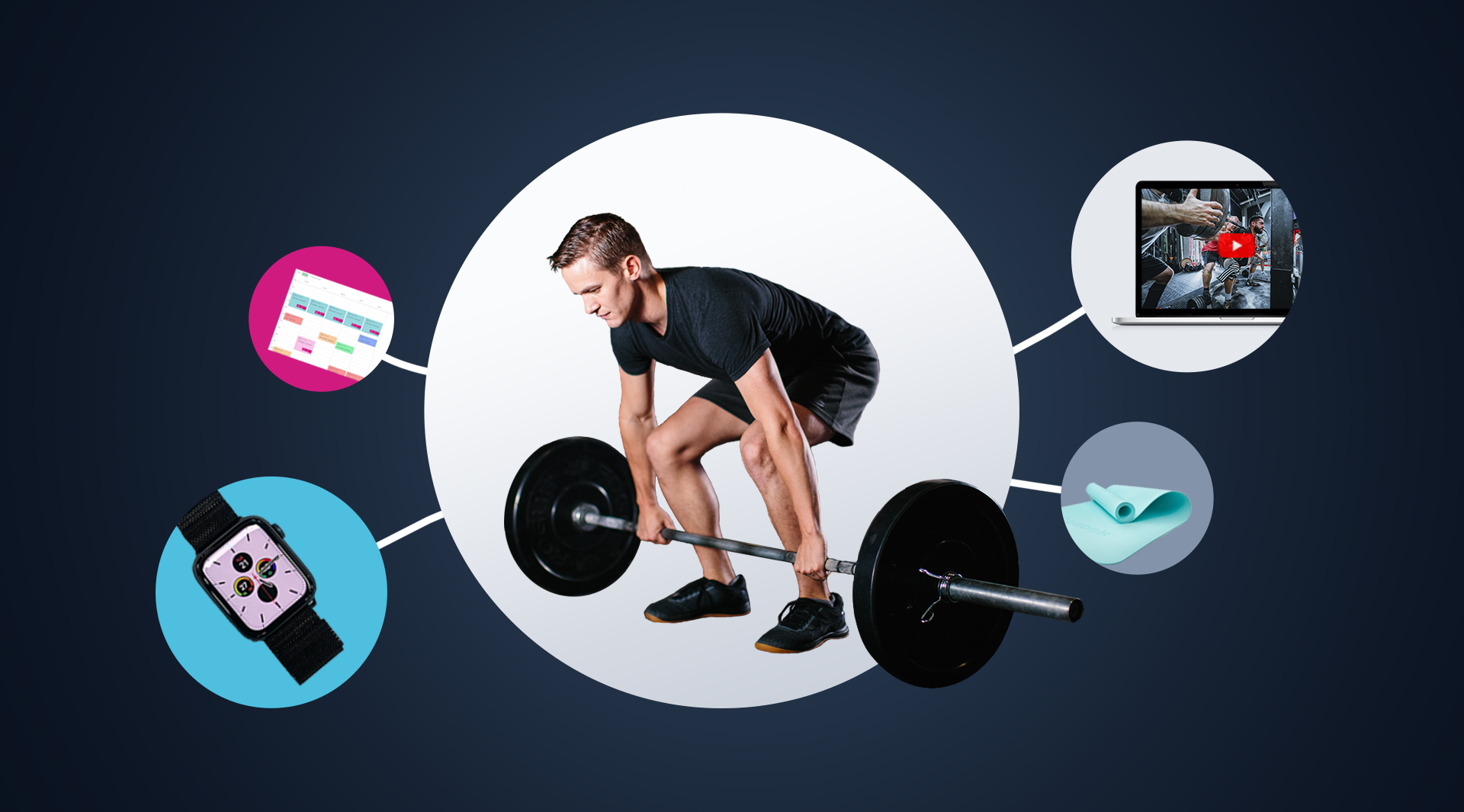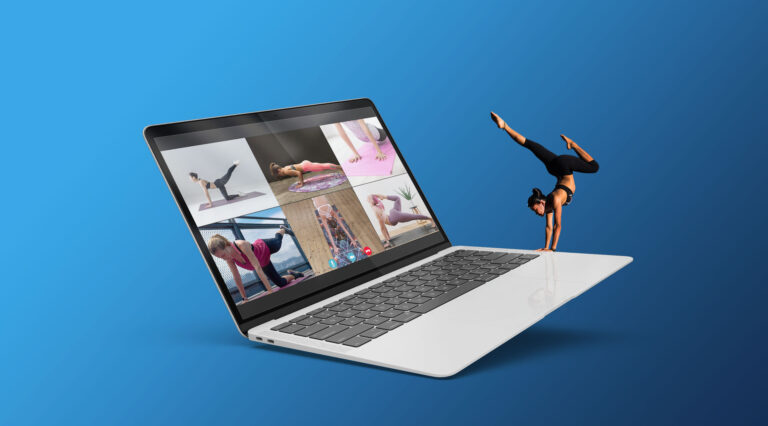More and more gyms report an increased demand for fitness, with higher numbers joining health and leisure facilities to make up for the lost time spent at home during the pandemic.
Life for fitness professionals is slowly returning to old habits and a sense of routine. The move towards normality is further reinforced by the news that there’s little evidence for COVID spread on the gym floor.
But with many gym-goers still living a double life – one between their actual office and working from home – what does that mean for their leisure schedule?
If gym-goers can combine commuting with working from home, gym owners should be ready to offer membership options that match this hybrid lifestyle.
Even those who are back to the gym still keep their options open, not fully committing to a pre-pandemic gym routine. They might improvise with a DIY workout day at home or join a virtual class, or perhaps go for a run with a friend and compare their results through a smart mobile app like Strava.
Wearable technology is a key driver for the growth of health and fitness mobile technology, according to GlobalData. This in turn allows people to monitor their own health at all times.
The new hybrid exercisers are relying more on connected fitness options and less on a traditional gym membership, but that’s not to say you’ve lost them just yet.
To engage your existing members and attract new leads, you should create digital fitness programmes ready to send in a click, offer a library of educational and training videos, and promote access to remote PT coaching.
Of those that are back in the gym, many are choosing to work out longer and later at night, no longer pressured by a tight work schedule. Keep that in mind when you put together your class schedule, so that you can attract more attendance by allocating different time slots for group training.
According to Health Club Management, strength training has been the biggest draw globally, with 60% of visitors heading straight for the resistance machines, dumbbell racks and functional training rigs.
The good news is that as gyms are making strong recoveries, live classes appear to be twice as appealing as virtual options.
While you may no longer need to live stream your classes, it’s important to recognise that the fitness industry has changed during the last two years. To maintain your competitive edge in the current digitally enhanced climate, you need to ensure that your fitness club is changing with it.
Keep reading:
🤔 Digital fitness now become a core health club offering all over the world. What’s here to stay after the pandemic is over?
💪 What do your members need after COVID? Here are 6 steps to strengthen your club.
🎵 In the first season of our podcast mPowered, we talked to Leon Rudge, Director of Digital Experience at Life Fitness. Check out why hybrid gyms are the future of fitness!

